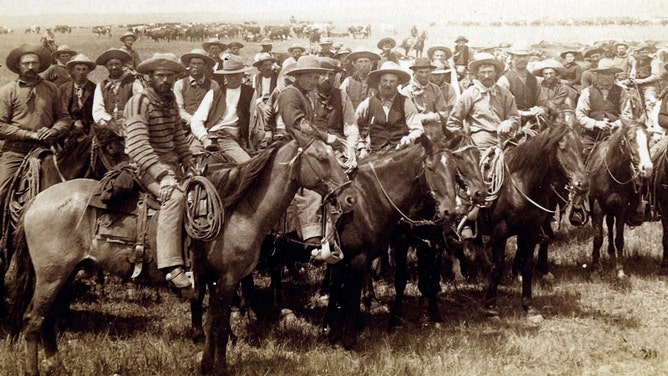The Role of the Horse in the American West

The horse played a pivotal role in shaping the culture, economy, and daily life of the American West during the 19th and early 20th centuries. From transportation to agriculture, and from warfare to recreation, horses were indispensable to the settlers, Native Americans, and cowboys who inhabited this vast and rugged region.
Historical Significance
Horses were introduced to North America by Spanish explorers in the 16th century, but it was in the American West where they truly transformed societies. Native American tribes quickly adopted horses, which revolutionized their hunting practices and mobility.
| Aspect | Description |
|---|---|
| Transportation | Horses enabled faster travel across vast distances, essential for trade, communication, and migration. |
| Ranching and Farming | Horses were vital for herding cattle, plowing fields, and other agricultural tasks. |
| Military Use | Cavalry units used horses for scouting, combat, and rapid movement during conflicts. |
| Cultural Symbolism | Horses became icons of freedom, strength, and the rugged spirit of the West. |
Roles and Uses
Transportation
Horses were the primary mode of transportation before the widespread use of railroads and automobiles. They allowed settlers to explore new territories and connect distant communities.
Ranching and Agriculture
Cowboys relied on horses to manage large herds of cattle, perform branding, and navigate difficult terrain. Horses also assisted farmers in plowing and other labor-intensive tasks.
Native American Life
For many Native American tribes, horses enhanced hunting efficiency, especially for buffalo, and altered social structures by increasing mobility and trade opportunities.
Military and Law Enforcement
Mounted units were crucial in maintaining order, conducting patrols, and engaging in battles during westward expansion and conflicts such as the Indian Wars.
Cultural Impact
The horse became a symbol of the American West’s adventurous and independent spirit. It features prominently in folklore, literature, and art, embodying themes of freedom and resilience.
Frequently Asked Questions (FAQ)
Q: When were horses first introduced to the American West?
A: Horses were introduced by Spanish explorers in the 1500s and spread throughout the West by the 18th century.
Q: How did horses change Native American societies?
A: They improved hunting capabilities, mobility, and trade, significantly impacting social and economic structures.
Q: What breeds of horses were common in the American West?
A: Breeds like the Mustang, Quarter Horse, and Appaloosa were prevalent due to their endurance and versatility.
Q: Are horses still important in the American West today?
A: While modern technology has replaced many traditional uses, horses remain vital in ranching, rodeos, and cultural heritage.
This expanded content provides a comprehensive, SEO-friendly overview suitable for a detailed blog article on the topic.
